- News
- 1 likes
- 8548 views
- 0 comments
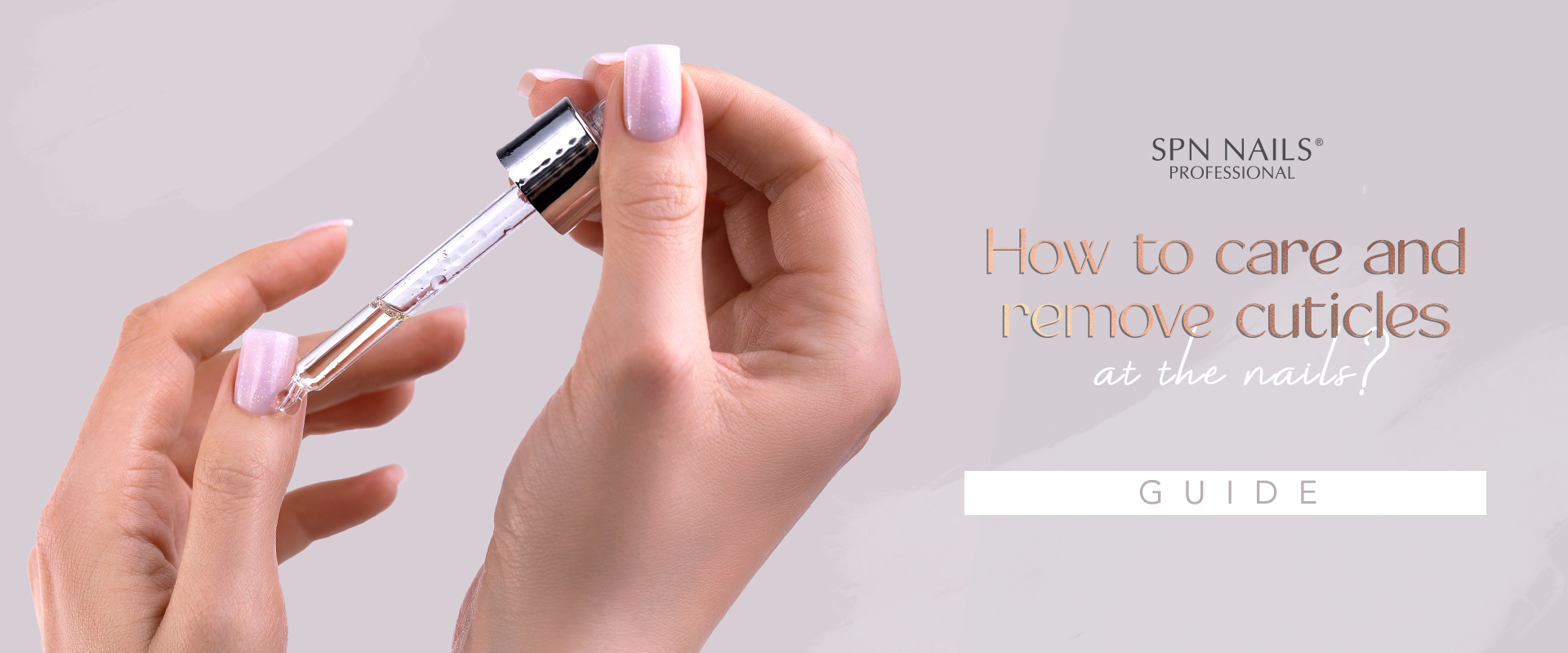
Properly developed nail shafts are the basis not only for an aesthetically pleasing, but also for a safe manicure. Customers come to nail salons with different types of nail cuticles, so removing them can sometimes be a challenge. Can it be done without cuts and redness? In the article below, we've prepared a guide that explains how cuticle removal should be done step by step. We also explain what contributes to their excessive dryness and suggest how to take care of the cuticles around the nails on a daily basis. We invite you to read!
Cuticles near the nails - what is their function?
The cuticle, or popular cuticles around the nails, is a very thin tissue, which - not without reason - overgrows the nails. The cuticle forms a kind of armor, protecting the body from the entry of bacteria and contaminants or damage to the matrix. This is why you should not underestimate the care of the cuticles at the nails and their proper removal. Peeled and wounded are not only an aesthetic defect, through which even the most beautifully painted nails will not look aesthetically pleasing.
Ripped cuticles near the nails automatically increase the likelihood of getting an infection. It is therefore very important to develop the habit of holistic hand care, which also includes nails and nail shafts.
Excessively growing, cracking cuticles at the nails - causes
Neat peri-nail shafts and beautiful nails are the dream of many people, but unfortunately we distinguish many factors that contribute to the deterioration of their appearance. So what is the most common cause of cracked and dry cuticles around the nails? Among the contributors to this condition are:
- contact of unprotected skin with strong detergents;
- sudden changes in temperature (for example, entering from freezing weather to a heated room with dry air);
- atmospheric factors - wind and frost;
- Failure to wear protective gloves;
- improper care;
- a diet low in vitamins and protein.
If, on the other hand, the cuticles at the nails grow excessively on the plate, it may mean that they are removed improperly, too much and too often. Sometimes it also happens that dry cuticles around the nails are a symptom of skin diseases or even diabetes. When hand care is going well, and you are still struggling with excessive dryness in the area around the nail shafts, it is necessary to seek the advice of a general practitioner or dermatologist.
Proper cuticle removal step by step
What does the correct cutting of the cuticles around the nails look like? It should always be done in a professional salon, where all hygiene rules are observed. A stylist who proceeds to a manicure or pedicure should always use disposable toolkits previously sterilized in an autoclave.
Dirty, previously used tools are very dangerous, as they increase the risk of transmitting bacterial infections in case of bleeding cuticles near the nails. You should also disinfect your and your client's hands before styling. Proper cutting of cuticles should begin with pushing them back, but already at this stage the first problems may arise.
If the cuticle grows strongly on the plate and is glued to it, then strong rubbing with a hoof or wooden stick, can lead to damage to the surface of the natural nail. What to do in such a case?
The first step in removing the cuticles should include softening and pushing them away. This is best done with a product such as SPN's Keratolytic. We apply the product to the cuticles around the nails one at a time, and then wait a while for it to have a softening effect. Then we proceed to gently push back the cuticles with a pick or wooden stick, placing the tool as parallel to the nail as possible. When all the cuticles are pushed back, we thoroughly wash and dry our hands.
The second stage of working out the nail shafts involves the use of cutters and sometimes pliers. Which method of cutting cuticles to choose is always decided by the stylist. Sometimes it is enough to bet on milling manicure (otherwise known as cuticle-free manicure). Today, a combination manicure, which is performed with both milling cutters and pliers, is becoming increasingly popular. This allows us to get the effect of polish growing out from under the cuticles, and the whole styling looks fresh for a longer period of time.
So how does the correct cuticle cutting look like step by step?
1. soften the cuticles with SPN keratolite.
2. push them away with a hoof or wooden stick.3. wash your hands.
4. work out the periungual shafts with cutters.
5. if necessary, cut the cuticles at the nails with pliers.6. proceed to the next stages of styling.It is worth remembering that working with the cuticles at the nails (especially the problematic ones) should be done in a gentle manner.Too invasive movements can lead to painful injuries - if a cut occurs, immediately disinfect the bleeding area. SPN's keratolytic will minimize the risk of injury, but it is the stylist, reaching for the tools, who has the most influence on the course of developing the nail shafts.
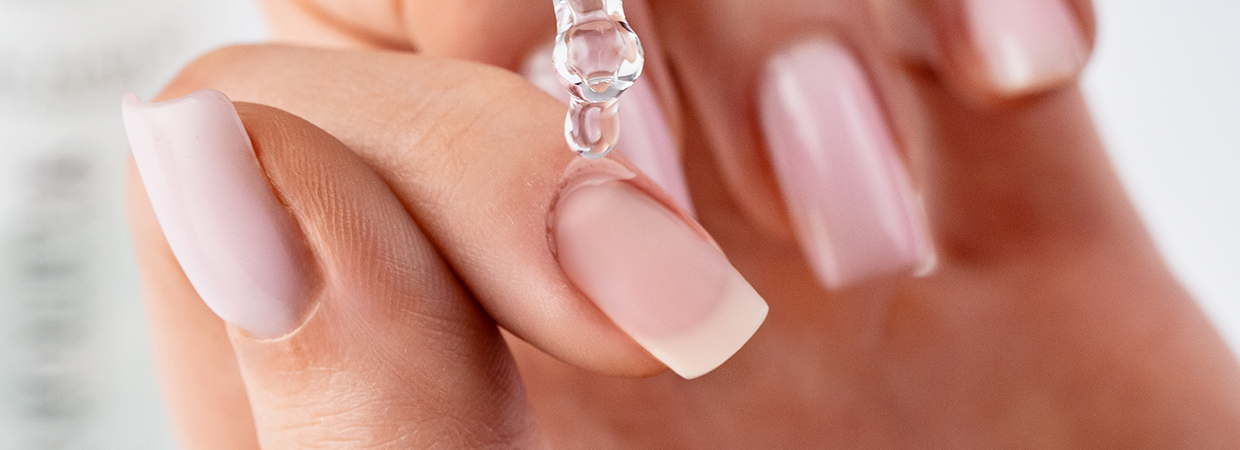
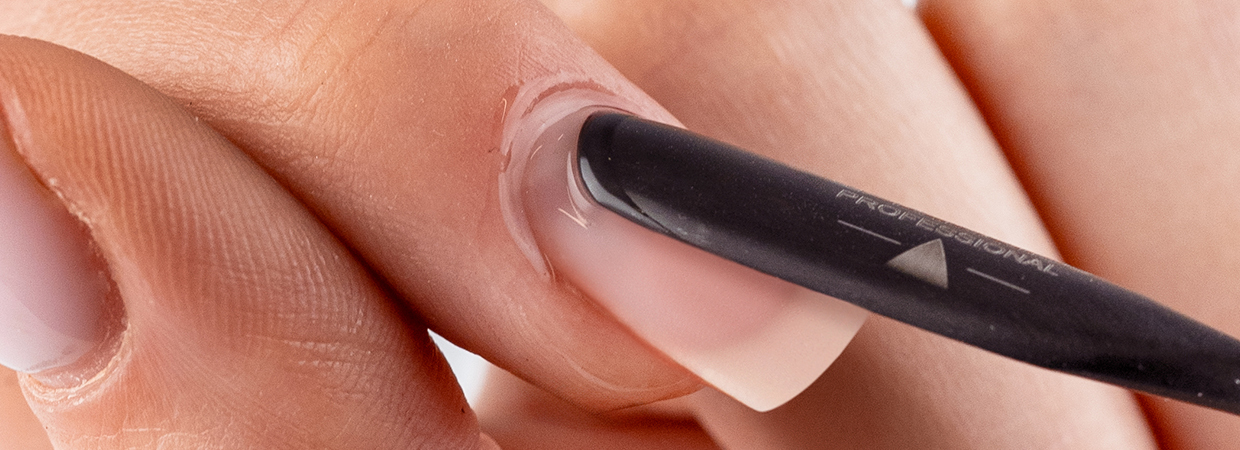
How to take care of the cuticles at the nails?
Do not give up on daily care of the cuticles around the nails - it's good to develop a routine that we will approach automatically after time.Anyway, taking care of the nail shafts is not a time-consuming activity - following a few simple rules, our hands will delight with a beautiful, healthy appearance.
First of all, let's take care of comprehensive care.Let's use a moisturizing cream after every hand wash. In the evening, we can massage into the cuticles near the nails a nourishing SPN oil rich in jojoba oil, sweet almond oil and herbal extracts.Secondly, remember to protect your hands - wear gloves when cleaning so as to limit skin contact with irritating detergents.In winter and during the transitional seasons, let's also not forget gloves, which will become a natural protective barrier.
Third, let's not underestimate the role of nutrition.Let's make sure our meals are nutritious and rich in vitamins and protein, as it is the natural building block of our tissues. Lean dairy and meat, seeds, legumes, olive oil or whole-grain products should permanently enter the menu of those who want to care about a diet that promotes the condition of the skin or nails.
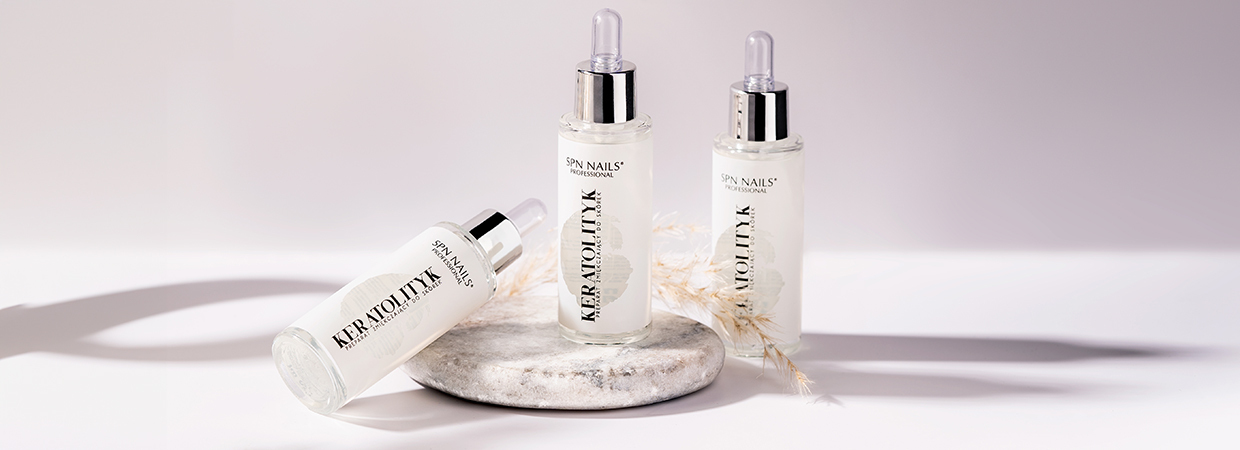
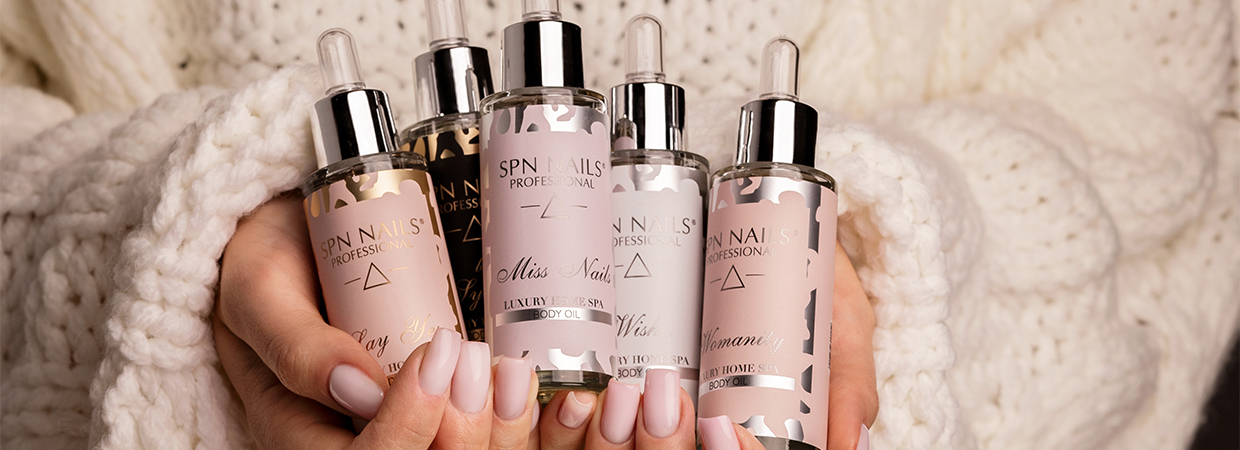

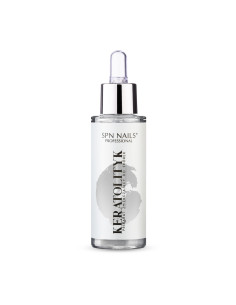

Comments (0)